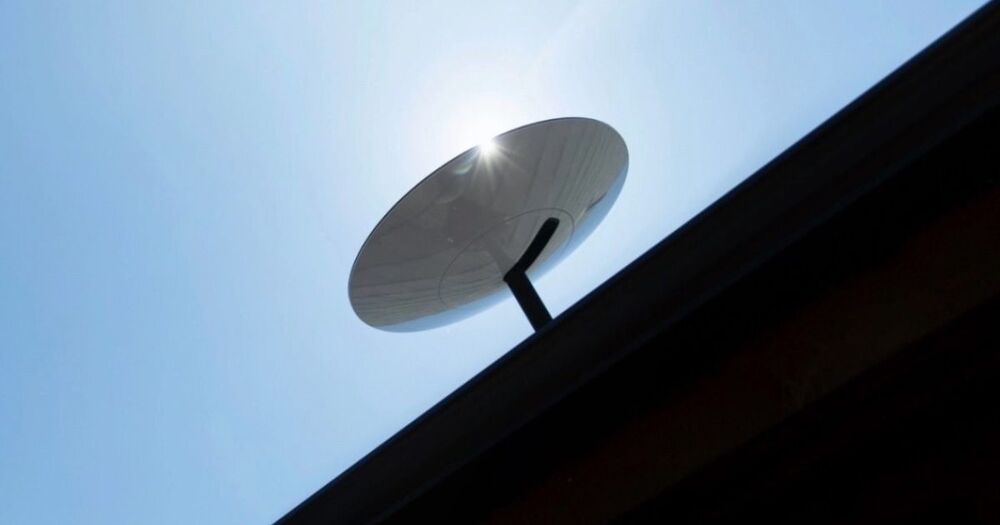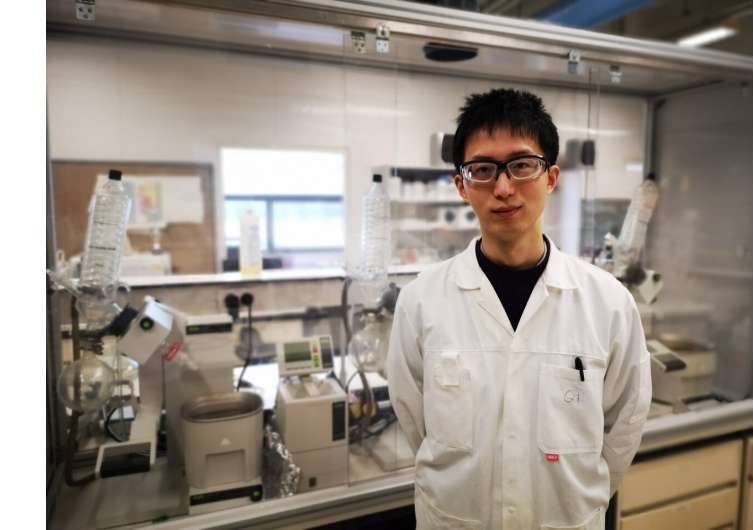It’s not meant for your smartphone.




Like.
A team of physicists and chemists from the University of Bristol hope to recycle radioactive material directly from a former nuclear power plant in Gloucestershire to generate ultra-long-lasting power sources.

Hyosung Chairman Hyun-Joon Cho has begun to activate the hydrogen economy by preparing to construct the world’s largest liquid hydrogen factory following a large-scale investment in carbon fiber last year.
Hyosung joined hands with the Linde Group, a global chemical company specializing in industrial gas, to establish a value chain encompassing the production and transportation of liquid hydrogen and installation and operation of charging stations by investing KRW 300 billion in all by 2022. For this purpose, an MOU was signed by Hyosung Chairman Hyun-Joon Cho and Linde Korea Chairman Baek-Seok Seong on April 28 at the head office of Hyosung in Mapo, Seoul.

To expand charging infrastructure by constructing a liquid hydrogen factory with annual production capacity of 13000 tons in Yongyeon by 2022.

Plastics are among the most successful materials of modern times. However, they also create a huge waste problem. Scientists from the University of Groningen (The Netherlands) and the East China University of Science and Technology (ECUST) in Shanghai produced different polymers from lipoic acid, a natural molecule. These polymers are easily depolymerized under mild conditions. Some 87 percent of the monomers can be recovered in their pure form and re-used to make new polymers of virgin quality. The process is described in an article that was published in the journal Matter on 4 February.
How times have changed since the Apollo era. Within the space of a few days, two space missions from China and the United Arab Emirates (UAE), respectively, are set to reach Mars. The UAE’s Hope mission will go into orbit around Mars on February 9. The next day, the Chinese Tianwen-1 mission – an orbiter and lander — will swing into orbit, with a predicted landing date sometime in May.
It is a very big moment for both countries. Hope is the first interplanetary mission by an Arab nation ever. And if China succeeds, it will be the first country ever to visit and land on Mars on its first try. The odds are stacked against them with nearly 50% of all Mars missions failing. China already lost a Mars orbiter mission (Yinghuo-1) back in 2011.

This is “Infinite Power Cell” by SnapWeb on Vimeo, the home for high quality videos and the people who love them.
